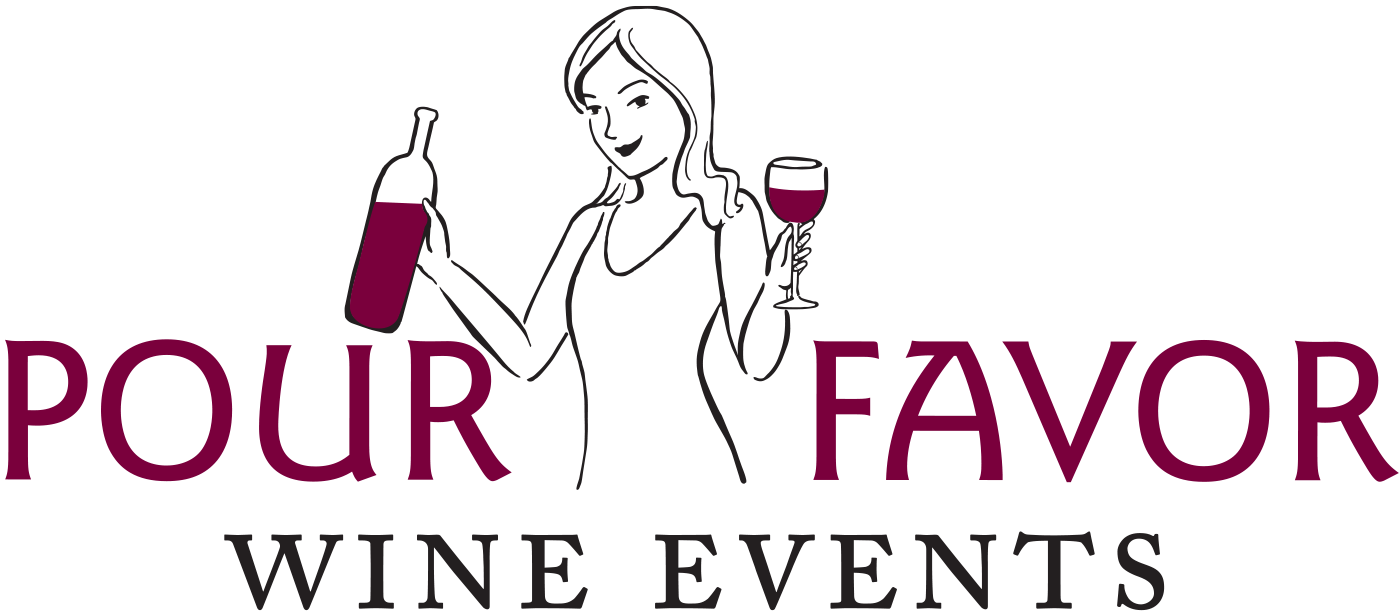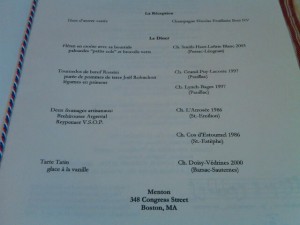 For Thanksgiving you often think of Pinot Noir and Pinot Gris as "perfect" pairings. And in fact, those are the varietals that I almost always seek out for the big day in part because they are such a good match but also because it is an 'excuse' to spend the bigger bucks on a great red Burgundy or some incredible Alsatian PG. But Thanksgiving really is an open-ended wine pairing holiday.
Like chicken, turkey offers a clean slate. It's like the tofu of the meat world; it's something that needs dressing up to have a real identity. As such, wine pairing is more about all the sides you are going to prepare - cranberry sauce, earthy root vegetables like brussel sprouts or creamed white onions, or sweet potatoes, or your mother's fruit salad (with marshmallows) that you have every year because it's "tradition". Yes, the Pinot family can take the fun on home with sides like these. But the world really is your oyster!
For Thanksgiving you often think of Pinot Noir and Pinot Gris as "perfect" pairings. And in fact, those are the varietals that I almost always seek out for the big day in part because they are such a good match but also because it is an 'excuse' to spend the bigger bucks on a great red Burgundy or some incredible Alsatian PG. But Thanksgiving really is an open-ended wine pairing holiday.
Like chicken, turkey offers a clean slate. It's like the tofu of the meat world; it's something that needs dressing up to have a real identity. As such, wine pairing is more about all the sides you are going to prepare - cranberry sauce, earthy root vegetables like brussel sprouts or creamed white onions, or sweet potatoes, or your mother's fruit salad (with marshmallows) that you have every year because it's "tradition". Yes, the Pinot family can take the fun on home with sides like these. But the world really is your oyster!
Here are a few other ideas to consider - and when I say consider, I mean who all is coming to dinner, what their preferences might be and how to keep everyone happy (sometimes the real objective at your holiday gathering)....
Whites ~
White Burgundy, or the more affordable alternative, Macon Chardonnay. The thing about these wines is that Burgundy (and the surround areas where you can spend a few less dollars) offers a full, fleshy and fruit-forward experience that won't weigh you down. They are gently oaked wonders, which means that you can still bring Chardonnay (a familiar grape) to the table without bringing a bottle of buttery, wooded, BIG juice, that won't quite work with such a big meal. Clean, pure, fruit and citrus lift are a winning combination.
Albarino. Albarino is an incredibly versatile option that will pair with anything. Its low alcohol, terrific, sea-like minerality and bright acidity keep your guests, and your overindulgence, in check, and also offers a little something unique and enjoyable beyond "the usual suspects". While gaining in popularity, it is still a grape that not everyone knows. Few are likely to have a preconceived notion of what to expect - and whether they will like it or not. Chances are - they will, too.
Reds ~
Malbec. Now this is a grape that people know and tend to have only very positive feelings about! And, it is also a grape that won't over-power the turkey and will certainly complement the earthier fare on your table. Seek out fruit forward, earthier styles (as opposed to the chocolatey, rich ones) for a real treat.
Zinfandel. Zin can be tricky because so many of them are so high in alcohol. That is dangerous both on an over-consumption level and also because it really can weigh you down. The juicy sweetness and slightly earthy nuance on offer (in great Zin) certainly pairs with the cranberry sauce. But for the Thanksgiving table that runs the 'non traditional' gamut in particular by delivering an Italian feast (and yet for folks that want a truly "American" wine to pair), this is an option to consider. My recommendation? In this case, spend the extra bucks to get a really well-made, more nuanced wine.
What will you be drinking next Thursday?







 .....aaaannnnnddddd we're back! With the official first day of fall under our belts this week, it's time to begin chatting about wine again after some needed R & R. Of course, just because I haven't been blogging about wine doesn't mean I haven't been
.....aaaannnnnddddd we're back! With the official first day of fall under our belts this week, it's time to begin chatting about wine again after some needed R & R. Of course, just because I haven't been blogging about wine doesn't mean I haven't been

